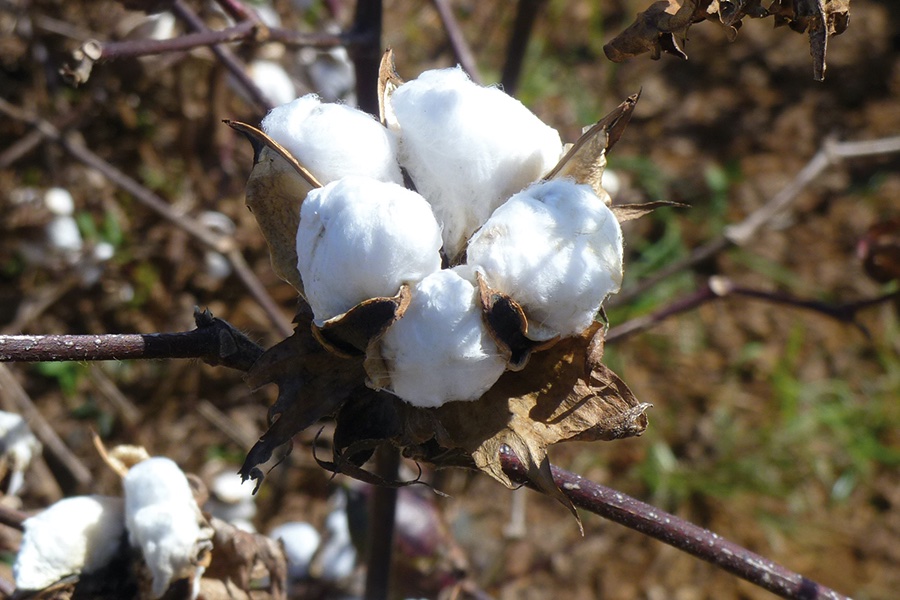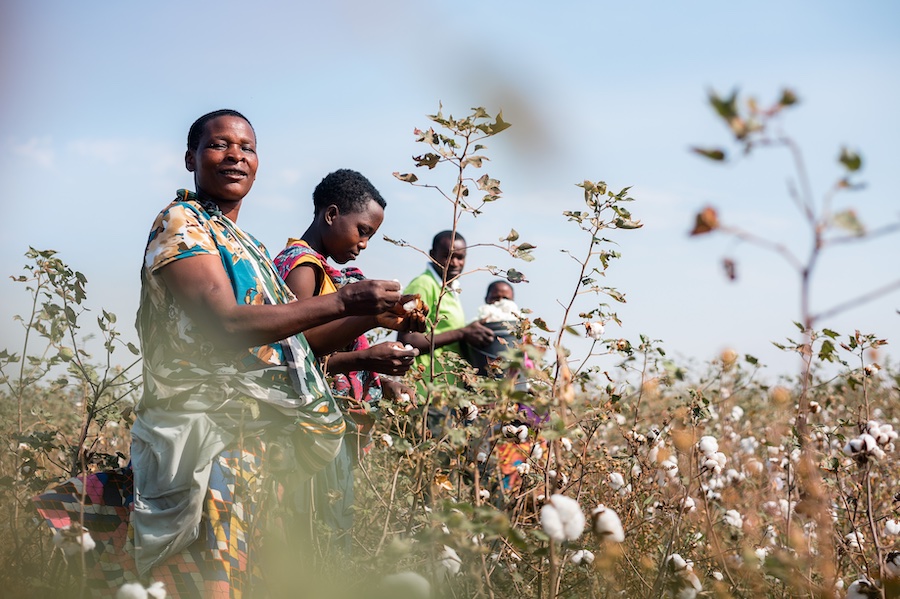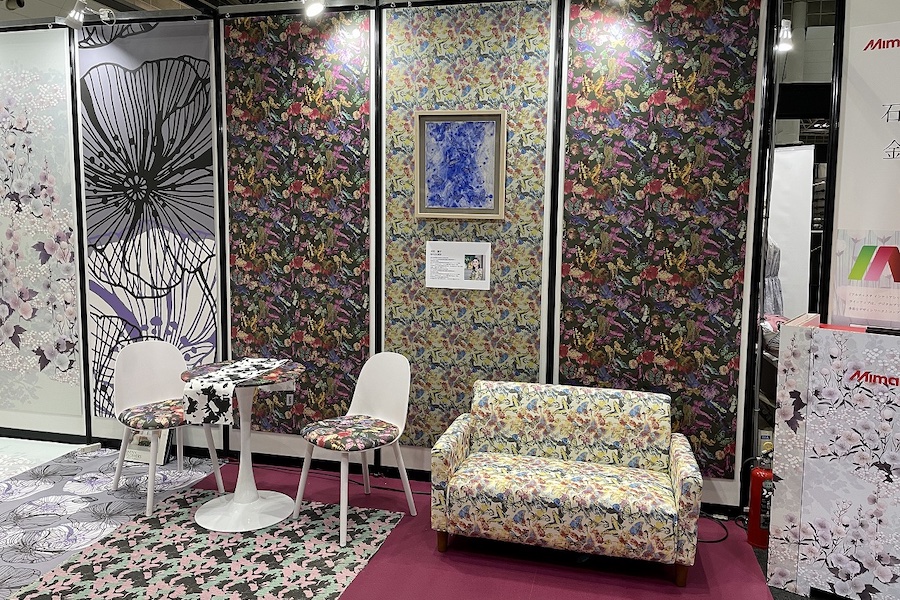#Natural Fibers
Bangladesh becomes World's largest importer in 2024/25 after China cuts imports by 65% to 1.1 million tonnes
World trade was 7.4% lower in the 2024/25 season at 9.1 million tonnes mainly due to decreased import demand from China (down 65%), which more than offsets any increase in imports from other regions. Tariff escalations also caused considerable changes in the trade forecasts and trade baskets for cotton lint in the current season, and we expect the impact to continue in the coming months/seasons.
Other notable findings in the November CTM:
- In the 2025/26 season, the top cotton lint producers are estimated to remain the same as last season, with slight changes in their world market share.
- Both yields and the world area under cotton are held very close to the last season. The area is estimated to be about 30.4 million hectares and the yield is held at about 835 kg/ha — slightly higher than the decade average
- Consumption will also be led by China, comprising 32% of total world consumption, followed by India, Pakistan, Bangladesh, and Türkiye, together comprising 76% of total world consumption.
ICAC’s Statistical Data Portal
For the most current statistics, please refer to the ICAC’s Statistics Portal. It is updated with new data constantly, and that new information is immediately reflected in the Portal, making it a valuable resource all month long.
ICAC’s Price Projections
The Secretariat’s current Cotlook A price forecast for the 2025/26 season, based on current supply and demand estimates, ranges from 62 to 91 cents per pound, with a midpoint of 74 cents per pound. ICAC’s price projections are made by Ms Lorena Ruiz, ICAC Economist.
The author of Cotton This Month is Parkhi Vats, ICAC Economic Affairs Officer. You can email her with comments and questions by clicking here.
Subscribers to Cotton This Month, please access your account with your username and password here:
https://icac.org/home/publications-login
To subscribe to Cotton This Month, please click here:
https://icac.org/publications/cotton-this-month
The next Cotton This Month will be released on February 2, 2025.













